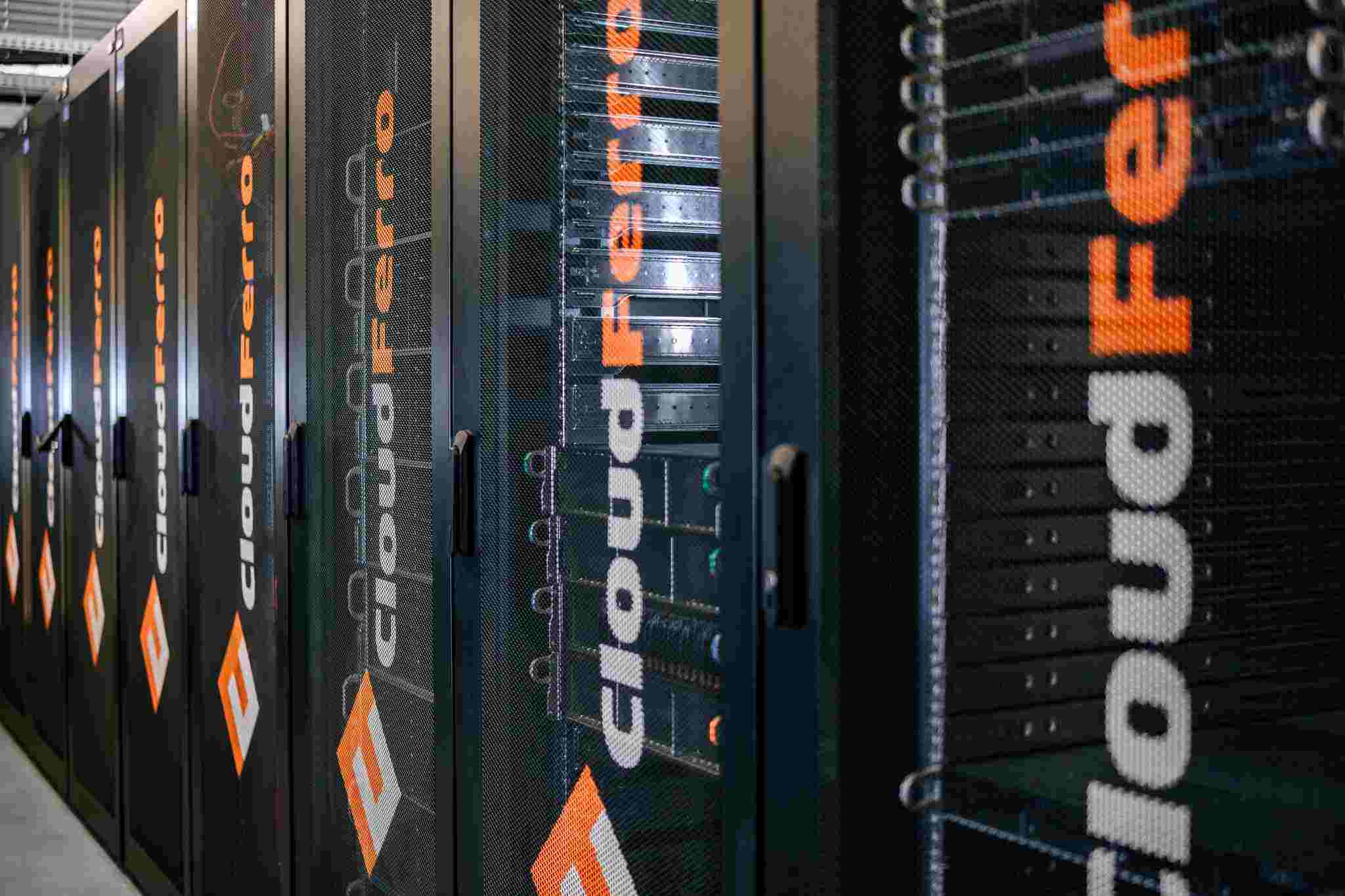Direction Earth – European projects in the service of sustainable development
By Michał Bylicki, Sales & Business Development, CloudFerro
Sometimes you can't help but be amazed at the speed of technology development. New tools improve our efficiency, help solve problems, and facilitate everyday activities at work and in play. This is largely due to the availability of increasingly larger data sets and increasingly powerful computing resources to process them.
However, new technologies have an impact on the natural environment, climate, and humans. While generating undoubted benefits, they also carry certain threats. Therefore, it is important that the development of new technologies supports human health and safety and serves, or at least does not harm, the natural environment.

Many companies take into account social and environmental factors and costs in their activities, which, from the point of view of society, are more important than the profits of an individual company. However, this is not always enough, which is why this process is supported at the European and national levels.
One method is to limit undesirable activities through appropriate legislation (e.g., limiting emissions or prohibiting polluting activities). Another way is to introduce initiatives that promote green technological transformation. In Europe, such initiatives include the European Green Deal, Digital Europe, and the European Strategy for Data.
These initiatives involve developing competencies and services in Europe, taking into account the principles of sustainable development. The European Green Deal assumes achieving climate neutrality by 2050, reducing emissions by at least 55% by 2030, decoupling economic growth from fossil fuel consumption, and a just transition. Digital Transformation aims to achieve digital and technological sovereignty in Europe, digitise industry, and ensure access to data while assuring its protection and fair competition. As part of its data strategy, the European Union aims to create a European data market.
One of the most interesting projects related to the above-mentioned initiatives is Destination Earth (DestinE), to create a digital replica of the Earth to model all processes observable on Earth in various ecosystems (e.g. atmospheric and climatic phenomena, forest ecosystems, glaciers, agricultural monitoring and others).
The DestinE initiative consists of several components and is implemented by ESA, ECMWF, and EUMETSAT in collaboration with industry. It is based on data from various sources and very high computing power (HPC and cloud computing). To facilitate the availability and effective use of data, a Data Lake infrastructure has been created to store, process and share data needed for Digital Twin Earth (DTE) processing. The initiative also uses Earth observation data, including data from the Copernicus programme, one of the largest open data sources (available to anyone at no charge through the Copernicus Data Space Ecosystem).
The combination of open access to data with computing power and convenient tools for processing allows companies and institutions dealing with climate monitoring and nature protection to analyse air, water, and soil pollution effectively. It also helps monitor natural hazards such as floods, earthquakes, and fires, supporting prompt action in the event of disasters.
Of course, increased data processing also means higher energy consumption, which is why optimising data processing and storage is even more critical. In this case, using cloud resources turns out to be more beneficial.
Firstly, most cloud providers use renewable energy sources whenever possible and optimise energy consumption. Secondly, using shared resources increases resource utilisation and avoids maintaining and powering unused resources. Thirdly, in the case of demand for Peta bytes of data, processing nearby data is much more effective than transferring it, e.g. to local infrastructure and keeping a local copy of the data.
Ambitious projects, such as DestinE, stimulate technological development, taking into account the principles of sustainable development. They enable observation, more detailed examination of natural processes, and reflection of processes in the real world. They help transform data into information. This way, they increase our knowledge of the world and help us make informed decisions.
At CloudFerro, we contribute to achieving European environmental and technological goals because:
- One copy of data serves thousands of users, a processing chain is more effective in the cloud.
- The use of satellite data enables quick response to phenomena that threaten the natural environment.
- Immediate access to data allows for quick reactions to crisis situations.
- Access to historical and global data allows the observation of trends and comparing them across periods and locations.
- We use and contribute to Open Source technologies, develop competencies locally, and ensure digital sovereignty in Europe and fair competition in the cloud services market.
- We power our clouds with renewable energy sources and optimise processing chains.
- We do not violate the privacy and property of user data.









